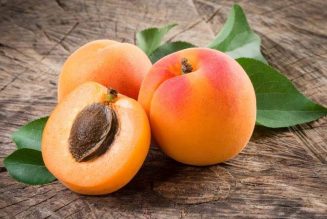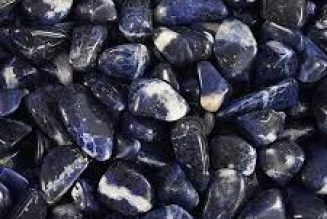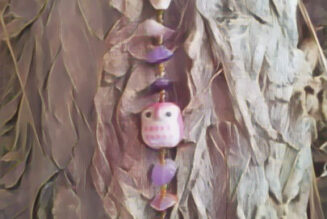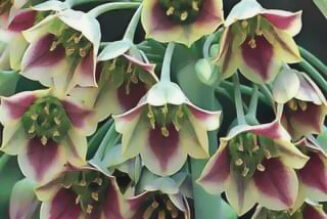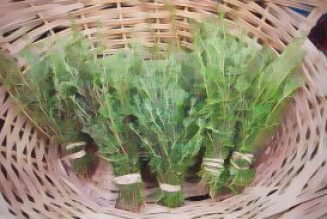Heather—known botanically as Calluna vulgaris or, in the case of bell heather, Erica cinerea—is a hardy, evergreen shrub that paints wild moors and hillsides with a sea of purple, pink, and white. Its tiny, bell-shaped flowers cluster along wiry stems, creating a soft, fragrant carpet that thrives in acidic, well-drained soils and open, sunlit spaces. Heather is most commonly found across Scotland, Ireland, and northern Europe, where it has become a symbol of resilience and enchantment.
Throughout history, heather has played a vital role in daily life and folklore. In ancient times, it was used to thatch roofs, stuff mattresses, and even brew a traditional ale. Its presence in Celtic and Scottish legend is profound—heather is believed to bring good luck, protection, and spiritual connection. Sprigs were often carried into battle or woven into bridal bouquets to ensure happiness and safety.
In witchcraft, heather is revered for its powerful magical properties and deep symbolism. Traditionally, it is associated with protection, luck, and spiritual connection, and is often used to bridge the worlds of the seen and unseen. Practitioners may place fresh or dried heather on their altars to invite peace and ward off negativity, or burn it as incense to purify sacred space and open pathways to the Otherworld. In ritual circles, heather sprigs are sometimes used to mark the cardinal points, calling in elemental energies and enhancing the flow of magic.
For protection, heather is woven into garlands and hung above doorways, or sprinkled as an infusion around the home’s threshold to create a barrier against harm. Spell jars filled with heather blossoms, quartz, and written blessings are crafted to attract good fortune and shield against ill will. In love and luck magic, charms made from dried heather flowers—often tied with purple ribbon—are placed on windowsills or carried in pockets to draw happiness and serendipity.
Heather’s gentle, uplifting energy makes it a favorite for dreamwork and psychic enhancement. Placing a sachet of heather beneath your pillow is said to encourage vivid dreams, spiritual messages, and restful sleep. Some practitioners press heather petals into their dream journals, or brew a calming tea to aid in meditation and astral travel. In divination, heather is sometimes used to anoint tools or cast into a ritual fire to receive omens from the smoke.
Historically, Scottish warriors carried heather for protection in battle, and brides wove it into bouquets for luck and fertility. In modern witchcraft, heather continues to symbolize new beginnings, resilience, and the enduring spirit of the wild. Its connection to the fae and the Otherworld is celebrated in folklore, where it is said that patches of white heather mark places blessed by the fairies, and finding such a bloom brings rare and potent luck.
Whether woven into garlands, brewed into tea, or used in spellwork, heather’s enduring beauty and mystical reputation make it an essential companion on any witchcraft journey—inviting protection, luck, and a touch of wild magic into your path.
Medicinally, heather flowers are antiseptic—ideal for treating wounds as a poultice—and diuretic, helping to flush toxins and disinfect the urinary tract. They can increase urinary production, act as a diaphoretic to lower fevers, and serve as an expectorant and anti-tussive for coughs. Heather is also a vasoconstrictor, beneficial for low blood pressure, and offers anti-arthritic, anti-rheumatic, and sedative effects.
![[x6] MIXED GARDEN HEATHER PLANTS | CALLUNA & ERICA |](https://i.ebayimg.com/images/g/WhgAAOSwDDdefRRl/s-l225.jpg)







